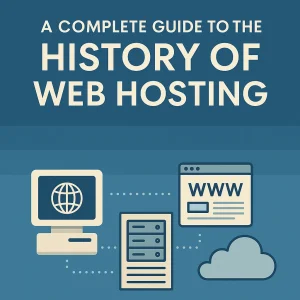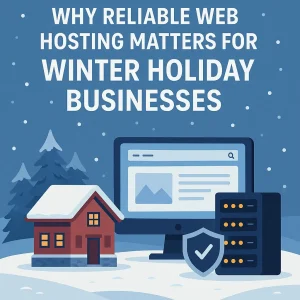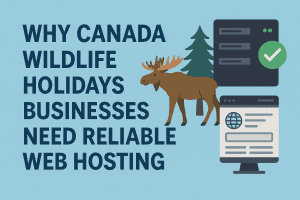 The world of digital and fibre-optic technologies continues to grow in leaps and bounds, and this week we saw one of the most profound examples of just how much of a priority the business world is placing on web-based technologies. Here at 4GoodHosting, we’re a leading Canadian web hosting provider who always has a little more wind in our sails due to the fact that we’re so passionate about anything and everything that pertains to our industry.
The world of digital and fibre-optic technologies continues to grow in leaps and bounds, and this week we saw one of the most profound examples of just how much of a priority the business world is placing on web-based technologies. Here at 4GoodHosting, we’re a leading Canadian web hosting provider who always has a little more wind in our sails due to the fact that we’re so passionate about anything and everything that pertains to our industry.
As such, the news that a high-capacity fibre optic cable that left Virginia Beach, USA much earlier in the year has now emerged on the coast of Spain is a profound development that definitely excites us and is very much worth sharing with our customers.
‘Marea’ (Spanish for ‘tide’), as the cable has been named, has been funded by Facebook, Microsoft, and Telxius – a subsidiary of the Spanish telecommunications giant Telefónica - and is the highest-capacity cable to have ever crossed the Atlantic. In terms of significance, it represents a weighty shift in the balance of power in the submarine-cable industry. Up until now, transcontinental cables have been funded by telco consortia, and the arrangement tended to be that they would offer capacity on those systems to customers like Facebook and Microsoft for a price.
Recent years have seen skyrocketing demand for global bandwidth, and that trend has made it so that the largest of these customers have had no choice but to join in the funding of construction projects which always cost hundreds of millions of dollars at a minimum.
This one is worth that level of investment and then some. Marea is more than 4,000 miles long and boasts transmission speeds of up to 160 terabits per second. To put that in perspective, it’s roughly 16 million times faster than the average home internet connection and equipped to stream 71 million high-definition videos simultaneously.
It’s well understood that international network bandwidth and traffic have been growing in leaps and bounds, although the growth rate has been slowed notably in recent years.
The fact, however, that this bandwidth and traffic grew at an annual rate well in excess of 30% between 2013 and 2017 does show the need for these types of advances and cross-continental information-exchange infrastructure. Approximately 196 Tbps of new international internet capacity was added over those 4 years, upping global capacity to 295 Tbps, but that figure doesn’t include domestic network routes.
Marea’s capacity is downright impressive, coming in at about 1/15th of that global total. As mentioned, the cable sets out from Virginia Beach, Virginia, on the US side, and lands in Bilbao, Spain. Virginia Beach is 230 miles to the south of Ashburn, Virginia, and that’s very much by design as Ashburn is the largest data center market in North America, and one that’s well on its way to becoming the largest in the world.
The appeal for Facebook and Microsoft is clear too; 4 Microsoft Azure cloud data centers are located in Virginia, and Facebook leases data center space in Virginia too. The Facebook-owned data center that’s nearest to Virginia Beach is about 400 miles to the northwest in Forest City, North Carolina.
Lastly, it’s interesting to note that another submarine cable, this one belonging to Tata Communications, connects the same Spanish town, Bilbao, to England and the UK and then to Portugal. Cables linking Europe to Africa and the Middle East are then accessible from Portugal.
Exciting times for those of us who are beyond keen to have the fastest and most thorough data and network connections for both business and personal pursuits. What’s nearly certain though is that – as hard as it may be to believe – it’s quite conceivable that these new submarine cables may one day become insufficient themselves. Such is the nature and projection of the digital world!














